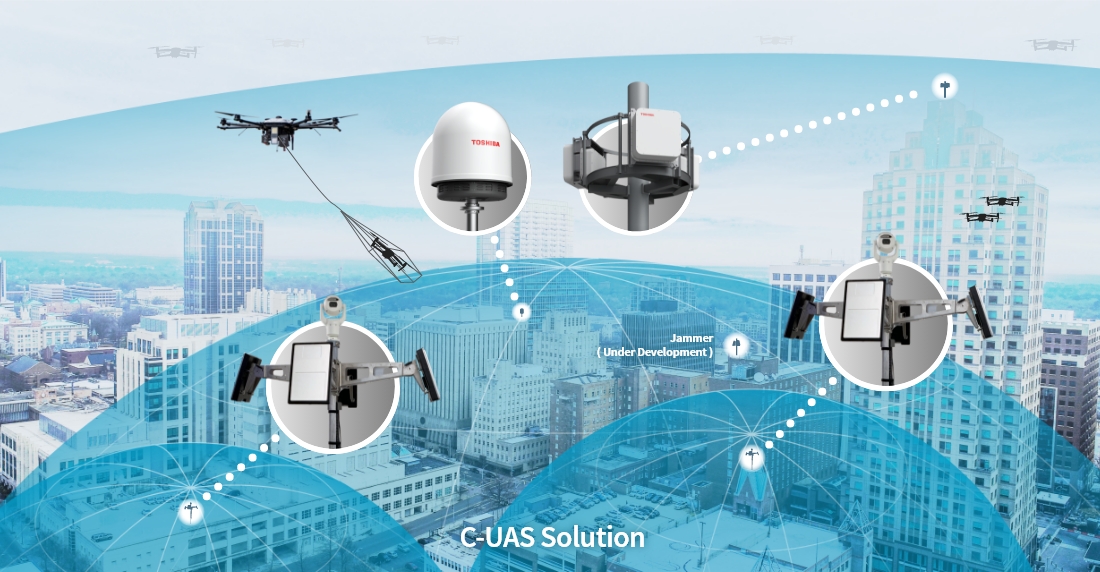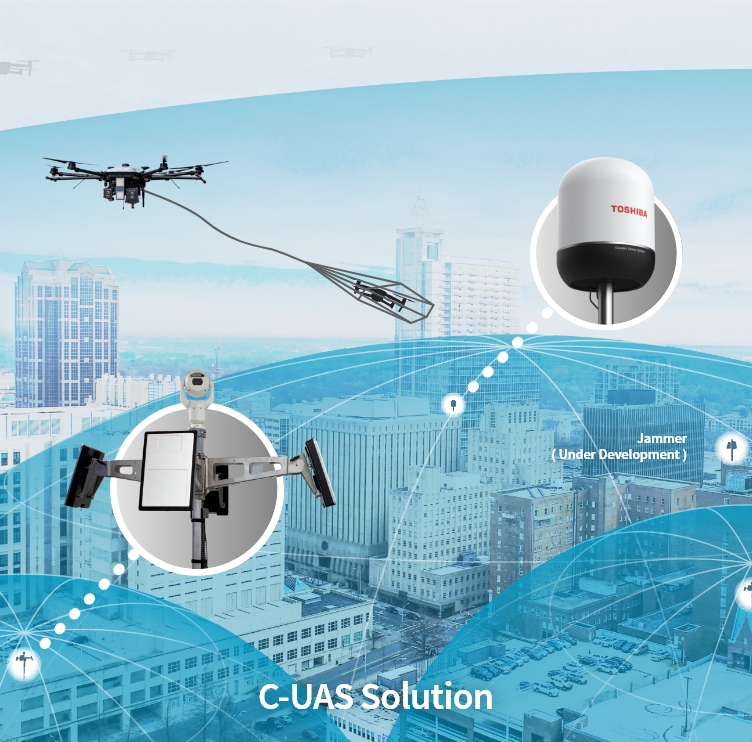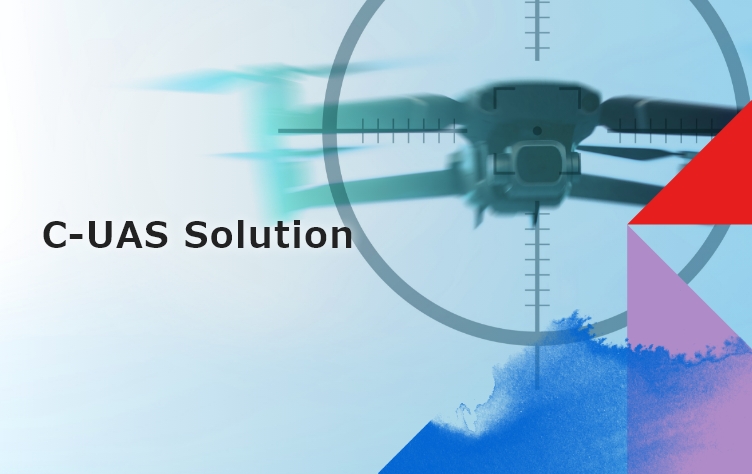AAMs anticipated to become the next-generation transportation
The newly born concept of transportation with (emerging) AAM
The eVTOL (Electric Vertical Take-Off and Landing aircraft) is something we did not have in the past. It is also called AAM (Advanced Air Mobility) or UAM (Urban Air Mobility) because it could be the next generation of human mobility. UAM is planned to be used for the Paris Olympics in 2024 and the Osaka World Expo in 2025. The demand of such aircrafts is expected to expand in the years to come.
The widespread use of AAMs and UAMs (Hereinafter referred to as AAM) is expected to make life easier. It can reduce traffic congestion, cut the time for intra-city or inter-city travel and reach airports. In addition, AAMs may also be used when going to remote islands and mountainous areas, emergency transportation or logistics during disasters, and scenic flights. Meaning, we can access more hard-to-get areas easily.
We can imagine that the view that people have towards transportation will diversify, and that the time spent outside of transportation, as well as the time spent in transportation itself, will become richer.
Risk of collision with drones in flight or takeoff and landing
Accelerated need to consider aircraft certification systems, quality standards, and rules/ regulations for operations.
In order to promote the use of AAMs, the certification system, quality standards for aircrafts and rules/ regulations for aircraft operation are undergoing rapid studies.
However, is it enough to guarantee safety in the sky to obtain aircraft certification, meet quality standards, and fly in compliance with laws and regulations ?
What about suspicious drones flying along flight routes or near takeoff/landing areas that do not possess the legally required remote ID and have not been registered?
These drones may interfere with AAM flights and lead to accidents, posing a great threat to the safety of our lives.
Counter drone system (C-UAS) protects the safe operation of AAM
C-UAS detects approaching suspicious drones and ensure air safety.
C-UAS radars and sensors monitor AAM's takeoff/landing sites and flight routes to detect approaching suspicious drones and other objects that cannot be detected by AAM's operation management system.
In addition, by connecting the counter drone system with UTM (UAS Traffic Management), we can share the information on suspicious drones detected on a timely basis to achieve a safer operation management.
C-UAS are expected to contribute to the future of air safety in the field of AAM, so that we can enjoy air travel with peaceful minds.
Writing/Supervision
Author
Toshiba Corporation.
Defense & Electronic Systems Division
Defense & Security Solutions Marketing Department
Kenji Miyano
Supervisor
Toshiba Corporation.
Defense & Electronic Systems Division
Systems Engineering Department
Mitsuru Kamata
C-UAS Solution
Toshiba offers a comprehensive system that detects, tracks, identifies, and mitigates threats from suspicious drones.









